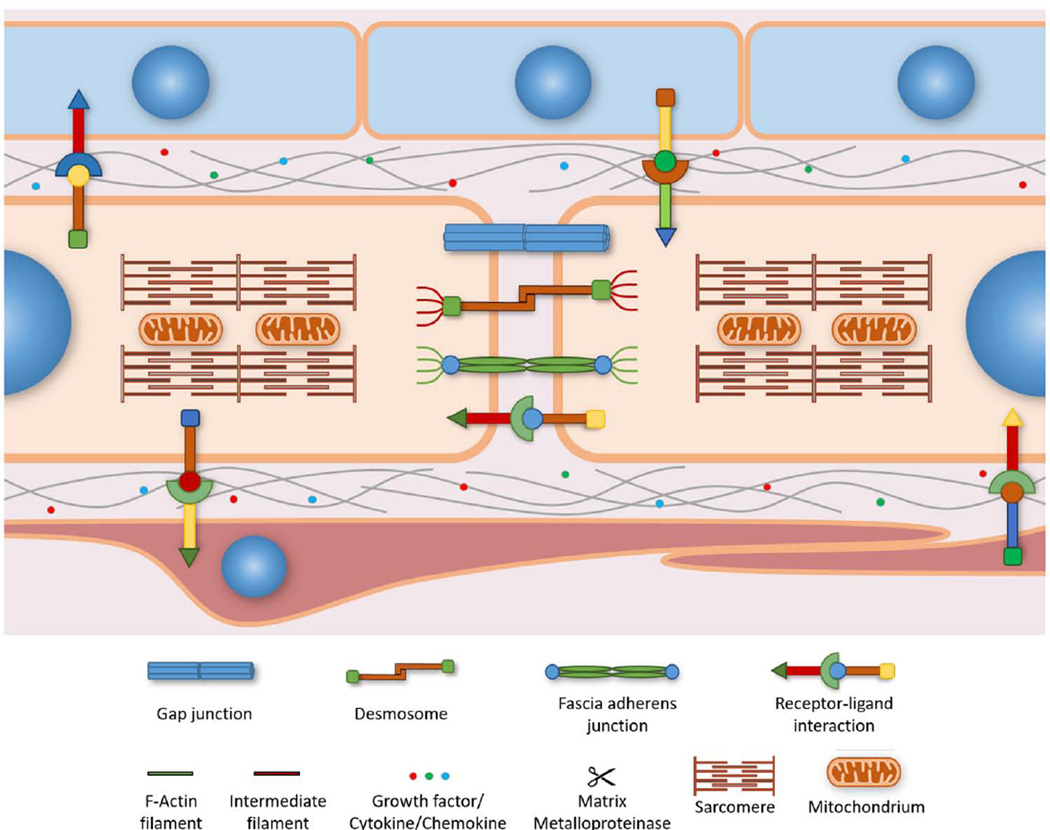Figure 2. Cell-Cell Interactions in the Myocardium.
Cardiac myocytes directly interact with each other and with adjacent cell populations to receive signaling cues critical for normal heart development. Two important cell populations are epicardial (depicted in blue) and endocardial (depicted in red) cells. Fibroblasts and vascular cells have been omitted for visual clarity. Biochemical signaling between cells centers on transmembrane ligand-receptor interactions as well as diffusible growth factors that regulate intracellular signaling pathways. Intercalated discs at the longitudinal borders of cardiac myocytes connect the myocardium into a functional syncytium. Biophysical signaling relies on fascia adherens junctions and desmosomes to sense and transmit mechanical forces in a bi-directional and longitudinal way between neighboring cells. Fascia adherens junctions consist of cadherins that link intracellular actin filaments, while desmosomes link desmosomal cadherins to intracellular intermediate filaments. Both anchors form attachment sites between adjacent cells that allow cytoskeletal remodeling in response to intercellular mechanical stress. Bioelectrical signaling between cardiac myocytes is mediated by gap junctions that transmit electrical impulses between cells.

